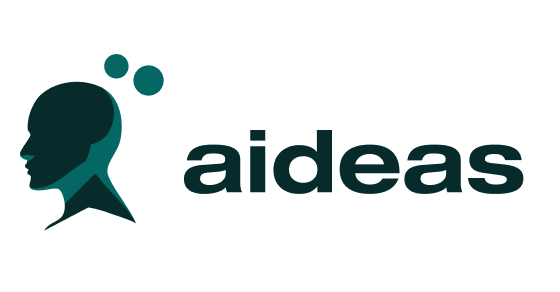Transforming a bold vision into a working AI platform is never a straight line. When I first conceived of Aideas, I wasn’t just dreaming about another tech startup—I was chasing a mission: to make advanced AI both accessible and responsible. But as any founder will tell you, there’s a vast canyon between inspiration and execution.
This is the story of navigating that canyon. From technical hurdles to funding uncertainty, the early days of building Aideas were anything but smooth. But looking back, it’s clear that those moments of tension, doubt, and iteration laid the foundation for what Aideas has become.
Facing the Unknown: Our Biggest Roadblocks
One of the first major challenges was architectural. We weren’t building a simple app—we were creating an intelligent platform capable of integrating with everything from legacy enterprise systems to cutting-edge blockchain and quantum-resilient networks. The complexity of designing something modular, scalable, and secure from day one was daunting.
We had to make tough decisions: Should we build everything ourselves? Where do we leverage partners or open-source tools? Each choice had ripple effects, especially with limited resources.
Then there was the funding. Explaining a vision that combined AI agents, secure data access, simulation, and ethical impact wasn’t easy—especially to early investors who were still catching up on what generative AI even meant. Many conversations started with confusion and ended with polite passes. We had to get creative. We built with constraints, did more with less, and leaned on a small group of believers who understood our long game.

The Balance Between Innovation and Execution
One of the hardest lessons in those early months was learning to slow down innovation in favor of execution. As a founder, you want to ship every ambitious idea—yesterday. But building a platform that could actually work in the real world meant prioritizing the basics first.
We had to constantly ask: “Does this idea solve a real problem today?” Innovation wasn’t just about what was possible—it was about what was practical. We started focusing on use cases where AI could drive meaningful outcomes, like helping social services organization serve their communities more efficiently or supporting hospitality businesses with intelligent concierge services.
This mindset helped us refine our product roadmap and start generating early wins. We didn’t need to do everything at once—we just needed to do something really well.
Defining Moments in Aideas’ Early Journey
There were several turning points that helped move Aideas from concept to company:
- Our first working agent prototype: Seeing a digital agent actually “work”—responding intelligently, integrating with other tools, and learning over time—was a massive morale boost. It turned belief into proof.
- Securing our first major partner: Signing with a Salesforce service partner validated the real-world demand for what we were building. Suddenly, we weren’t just theorizing about AI applications—we were deploying them.
- Realizing we didn’t have to go it alone: The decision to work with partners like Vantiq for orchestration was pivotal. It allowed us to move faster without compromising our vision.
Final Thoughts
Building Aideas hasn’t been easy—but it’s been worth it. Every roadblock forced us to get sharper, and every small victory made the mission clearer. We’re not just building tech; we’re building a future where intelligence is distributed, accessible, and accountable.
If you’re in the early stages of building something ambitious, remember this: Innovation is important. But execution is everything. And perseverance? That’s the secret ingredient no one talks about enough.

